Advertisements
Advertisements
Question
Two opposite angles of a parallelogram are 100° each. Find each of the other two opposite angles.
Solution
Given: Two opposite angles of a parallelogram are 100° each.
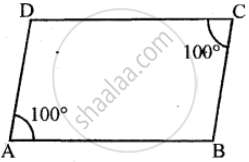
∵ Adjacent angles of a parallelogram are supplementary,
∴ ∠A + ∠B = 180°
⇒ 100° + ∠B = 180°
⇒ ∠B = 180° – 100°
⇒ ∠B = 80°
Also, opposite angles of a parallelogram are equal
∴∠D = ∠B = 80°
∴∠B = ∠D = 80°
APPEARS IN
RELATED QUESTIONS
Complete of the following, so as to make a true statement:
A quadrilateral has ....... sides.
In Fig. 16.19, ABCD is a quadrilateral.
Name a pair of adjacent sides.
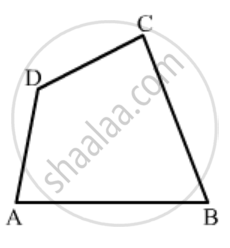
In Fig. 16.19, ABCD is a quadrilateral.
Name a pair of opposite sides.
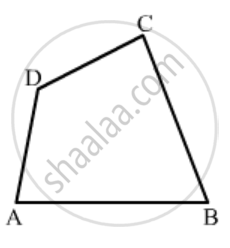
Complete the following statement by means of one of those given in brackets against each:
A line drawn from the mid-point of one side of a triangle .............. another side intersects the third side at its mid-point.
Use the information given in the following figure to find :
(i) x
(ii) ∠B and ∠C
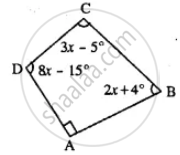
Use the information given in the following figure to find the value of x.
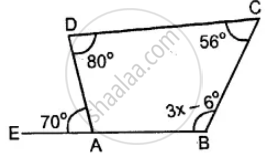
In an isosceles trapezium one pair of opposite sides are _____ to each Other and the other pair of opposite sides are _____ to each other.
Calculate the measure of each angle of a nonagon.
ABCDE is a pentagon in which AB is parallel to DC and ∠A : ∠E : ∠D = 1 : 2 : 3. Find angle A.
The angles of a quadrilateral are in the ratio 2 : 4 : 5 : 7. Find all the angles
In a quadrilateral ABCD, ∠A = 72° and ∠C is the supplementary of ∠A. The other two angles are 2x – 10 and x + 4. Find the value of x and the measure of all the angles
In the quadrilateral ABCD, AB = BC and AD = DC Measure of ∠BCD is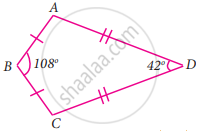
A quadrilateral can be drawn when all the four angles and one side is given.
In figure, ∠XYZ cannot be written as ______.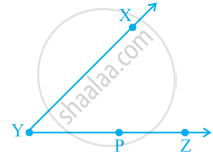
In the given figure.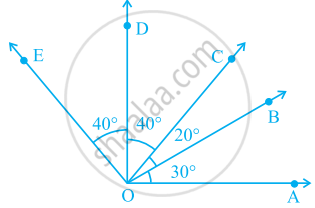
∠AOD is a/an ____ angle
In the given figure.
∠AOE is a/an ______ angle
Number of angles less than 180° in figure is ______ and their names are ______.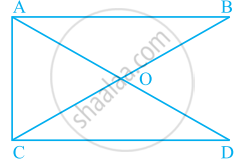
Using the information given, name the right angles in part of figure:
AE ⊥ CE
What conclusion can be drawn from part of given figure, if DC is the bisector of ∠ADB, CA ⊥ DA and CB ⊥ DB?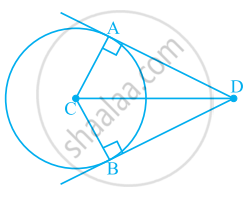
Draw a rough sketch of a quadrilateral KLMN. State two pairs of adjacent angles.
